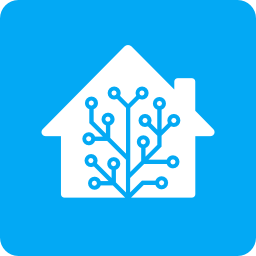Hi all. I recently bought a Philips hue smart plug to control a lamp.
I quite quickly realized that it was more complex than I thought.
Not only did I need to install the DIYHue add-on to simulate a Hue bridge, I also needed to download the Philips Hue app, or some 3rd party app called Hue essentials, to connect the smart plug (via the DIYHue bridge add-on?) to the home assistant?
I don’t want to install any app from Philips.
Also it didn’t work.
Isnt there a way to simply control a bulb or plug from the home assistant, running on a Raspberry pi, without having to install any corporate bullshit?
Sorry for the swearing. Im just frustrated that this all turned out to be so complex.


So, here’s where Home Assistant (HA) can get confusing - there are multiple ways to accomplish multiple things.
The integration you installed is meant to integrate an existing Hue ecosystem with HA. You don’t have (nor want, I presume) a Hue ecosystem. You want direct control of the bulb via HA.
Phillips devices generally utilize a wireless protocol called “ZigBee”. It’s similar to wifi and Bluetooth in that it runs within the 2.4 GHz frequency band, but it requires a ZigBee antenna, also known as a “coordinator”. One of those can be picked up for around $30, and you only need one - ZigBee is a “mesh” network. Mains-powered ZigBee devices act as repeaters to automatically expand the network. It works exceptionally well, but you will feel it if you have lots of ZigBee devices and use 2.4GHz wifi.